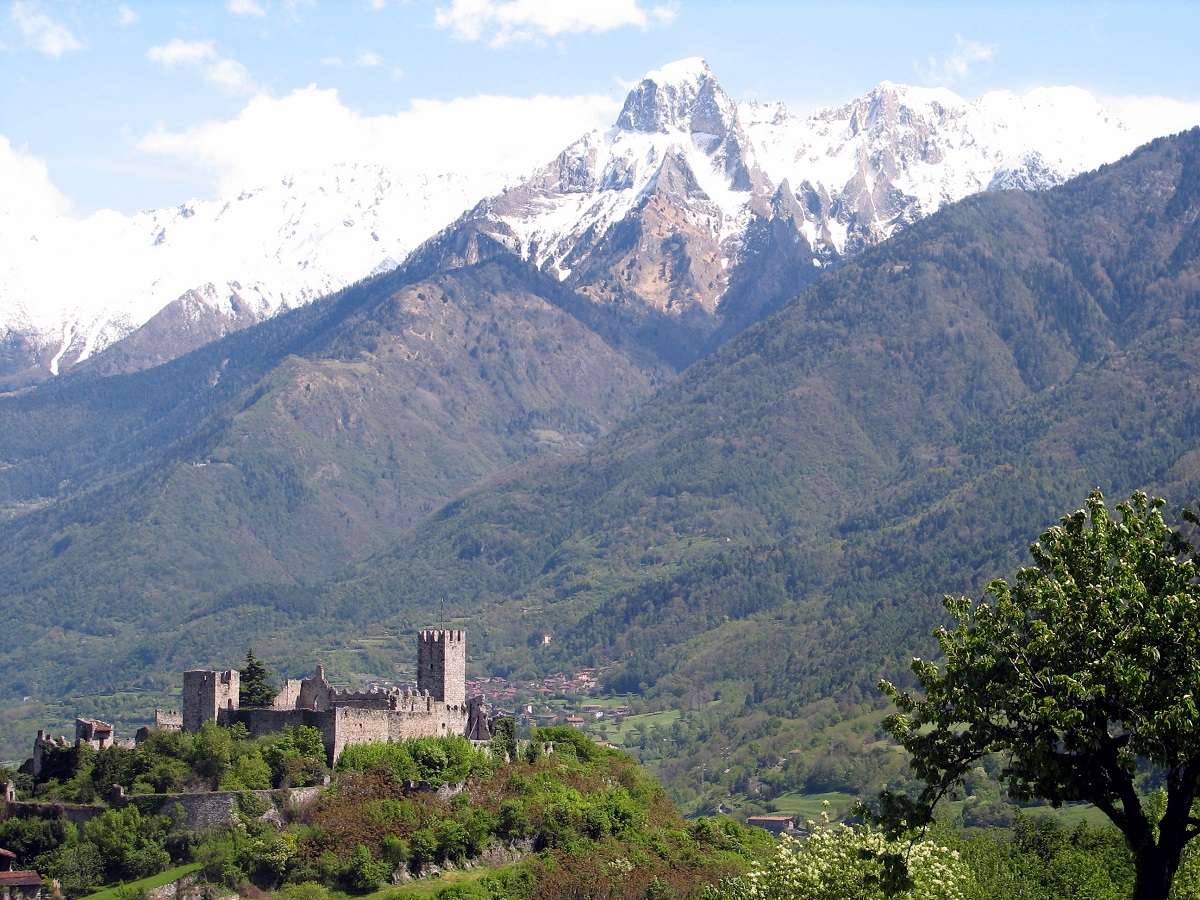Rock Drawings, mountain excursions, Roman Baths, Medival villages, and castles this valley has it all
The name Valcamonica derives from the pre-Indoeuropean people named Camunni, who were conquered by Rome in 16 BC. Today it indicates the narrow, north/south trending valley in the Lombardy Alps, bounded on the south by Lago d’Iseo and cut in all its length by the river Oglio. This area not only boasts one of the world’s richest collections of prehistoric petroglyphs, or rock drawings, its landscape is incredibly beautiful.
This corner of Italy was the first one to enter the UNESCO’s World Heritage List in 1979 because of the over 140,000 petroglyph artworks scattered throughout the valley. They are symbols and figures carved in the rock over a period of 8,000 years and depict themes connected with agriculture, navigation, war, and magic. There is even the opportunity for archaeologists, scholars, students, and enthusiasts to help the research and the study of the rock art of Valcamonica through the Footsteps of Man, member of the International Federation of Rock Art Organizations. They organize annual archaeology fieldwork at Paspardo, one of the major areas with engravings concentration. Participants get to survey, excavate, clean, photograph, draw, and catalog the rocks engraved between the Paleolithic and the Middle Ages.
This corner of Italy was the first one to enter the UNESCO’s World Heritage List in 1979 because of the over 140,000 petroglyph artworks scattered throughout the valley
Valcamonica is thought to have become habitable only around 15,000 years ago when the glacier that first carved the valley melted at the end of the last Ice Age. Thus, for thousands of years, humans have been enriching the natural beauty of this enchanted place with their art and architecture that go beyond the impressive petroglyphs. Between breathtaking mountain excursions on marked paths and visits to themed parked and winter sports centers, it is possible to admire many of the sites touched by the lives of our ancestors. From the Roman Baths in Boario Terme and Angolo Terme to the Roman Cities of Cividate Camuno and Breno with their Amphitheater and Temple. From Medieval villages like Pescarzo and Lovere to castles of different ages.
Ilona Catani Scarlett

